7 AI-Powered Chatbot Platforms
Feb 02, 2022 12008 seen
What is an AI?
It isn’t a secret that AI is becoming more and more popular. Companies in the AI industry provide algorithms, platforms, libraries, cloud infrastructure, and hardware such as AI accelerators to enable the development of AI applications.
As we all know, artificial intelligence is evolving daily. We can only understand it and make the most of it while keeping in mind that this technology is still ethical and respectful of human labor. In this article, we'll look at tools that can help us understand how AI can make designers' (image-to-code converters) and front-end developers' jobs easier.
Creating these tools will allow us to complete our daily tasks more quickly. However, we must consider whether these tools will ever be able to bypass the features of certain professionals, such as front-end developers. If it's not difficult to imagine an AI that generates creative designs, consider a tool that generates interface code on its own, as the tools above demonstrate.
Let's look at some of these AI-powered tools:
- AI-assisted design tools
- AI-powered conversational chatbots
-AI-based image to HTML CSS and design to HTML CSS code converters -AI-based image to HTML CSS and design to HTML CSS code converters
- AI-powered plagiarism detectors - AI-powered test automation tools, and so on.
What is a Chatbot?
I’m sure you have talked to a chatbot, but maybe you haven’t recognized it. It's a way to message and talk to people. Businesses are using them for online customer service to resolve issues and answer simple questions, and some are even developing shopping assistance to provide recommendations when you're looking for a specific product.
1. Botpress
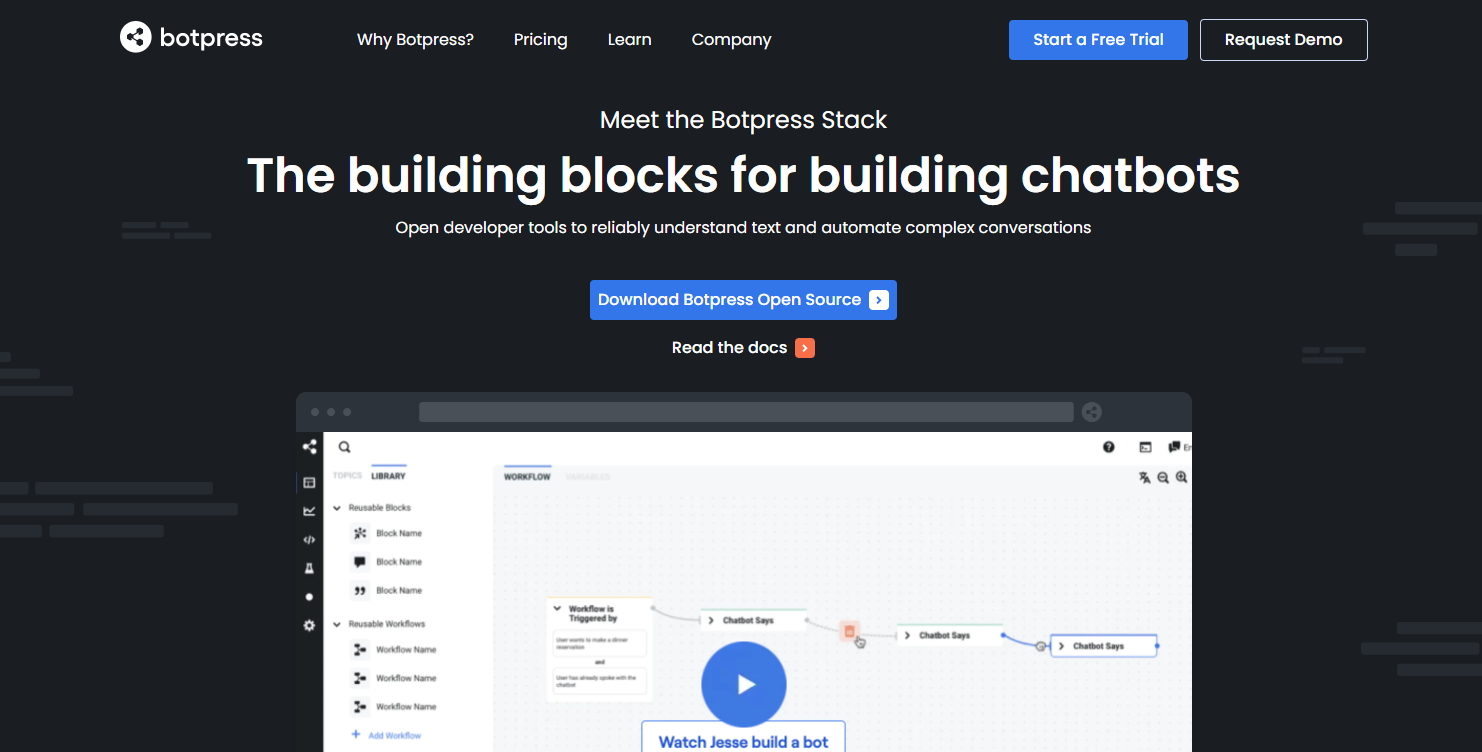
Botpress is the foundation for creating a chatbot. It is designed for developers and provides strong text comprehension as well as the automation of complex conversations. Botpress has been used by thousands of businesses since its inception in 2015. This is the best option for businesses looking to create an amazing chatbot.
Botpress's main features include its fast execution speed based on natural language understanding and its position as the best solution for chatbot AI. It allows you to create conversation flows and workflow automation; it supports uneven extraction and intent detection, and it integrates with analytics and channels.
Botpress is released under the AGPLv3 license. This software was created to help developers create chatbots. It is written in TypeScript and is compatible with Linux, Windows, and macOS.
2. RASA
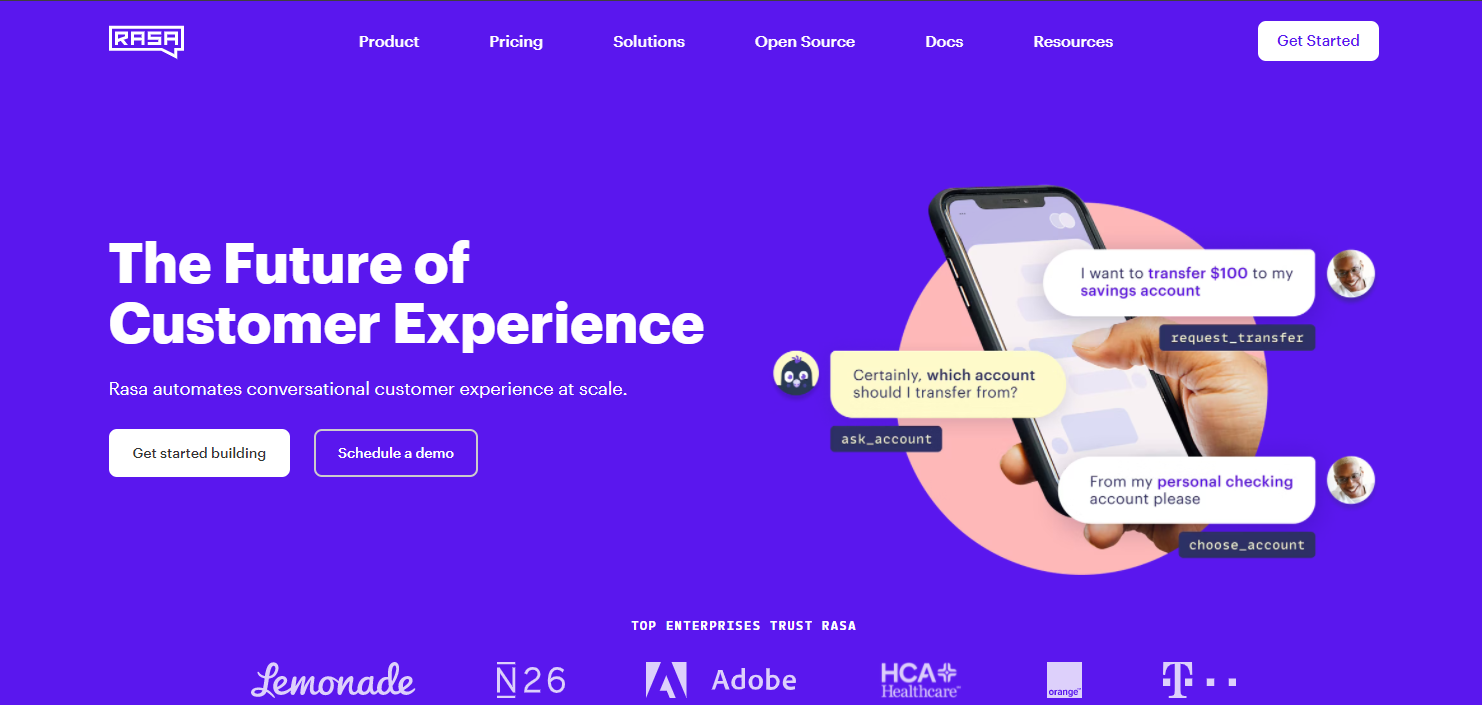
RASA is a framework for chatbot AI. It is designed for large-scale personalized conversations. It is a framework that assists businesses in improving their customer experience, dialogue management, and integrations. RASA features include the ability to extract meaning from messages, hold complex conversations, engage in interactive learning, connect to commonly-used messaging channels, integrate API calls, leverage conversation-driven development, version and manage models, and deploy anywhere.
This software was designed primarily for the development of mission-critical AI assistants. It is written in Python and can be used to create contextual assistants for Facebook Messenger, Slack, Google Hangouts, Webex Teams, Microsoft Bot Framework, and Telegram.
3. DeepPavlov
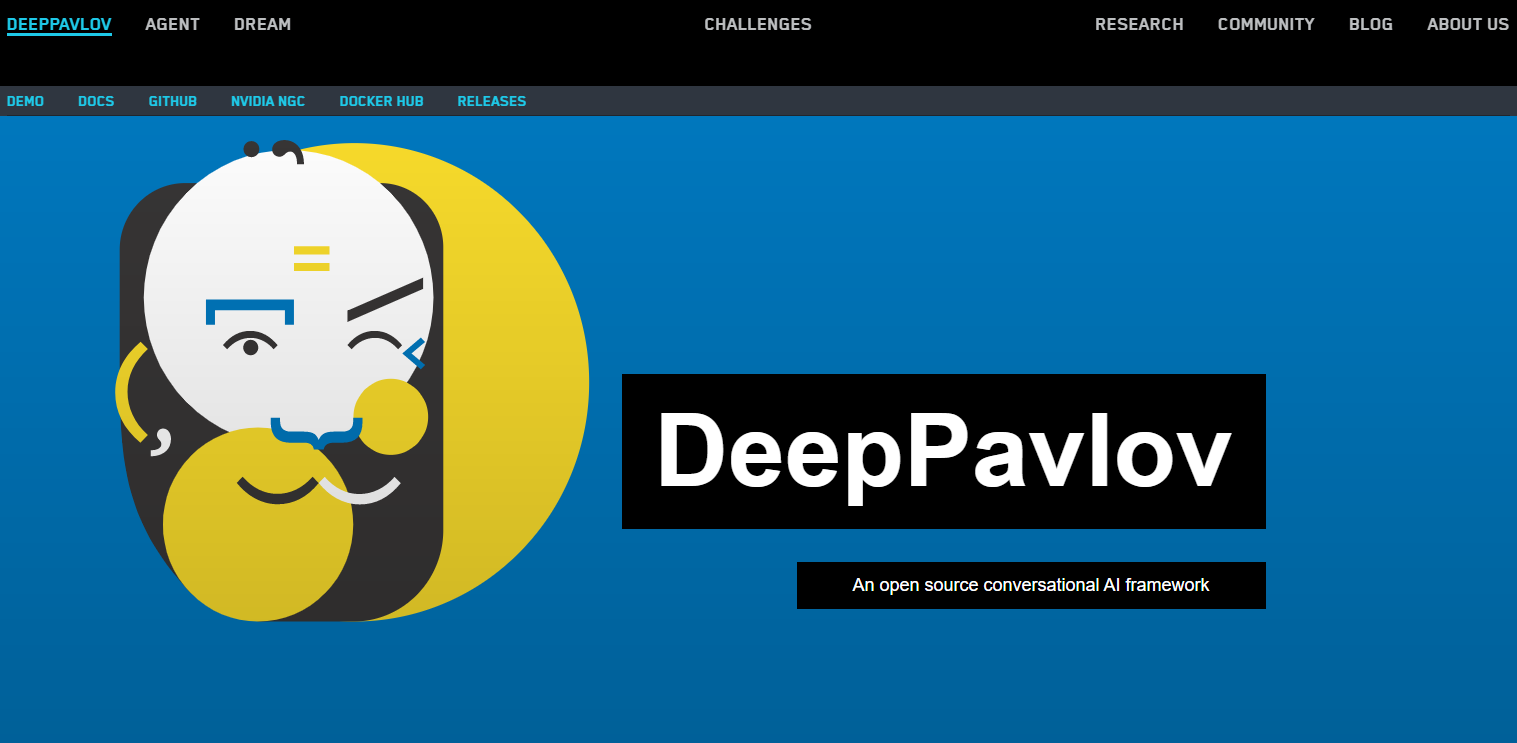
DeepPavlov is a chatbot AI framework for deep learning, end-to-end conversational systems, and chatbots that are open source. It is intended for both beginners and experts in the development of dialogue systems. It includes adaptable tools to assist NLP developers and researchers in the creation of products.
The DeepPavlov agent is simple to use and allows you to create industrial solutions with multi-skill integration via API services. DeepPavlov has used deep learning to solve classification, NER, Q&A, and other natural language processing (NLP) problems. DeepPavlov models are now available in easily deployable containers hosted on Nvidia NGC and Docker Hub.
4. OpenDialog

OpenDialog is a smarter dialog application that was released in 2018. It has a unique design, an intelligent, proactive dialogue engine, and a flexible and open-source platform.
The ability to execute real-time STT processes, low memory usage the ability to generate N-best/Word-graph output, the ability to work as a server module, and other features distinguish OpenDialog. Without any programming language experience, you can easily create your first chatbot application using this software.
OpenDialog can be described as a platform without code. It is written in PHP and is compatible with Linux, Windows, and macOS.
5. Tock
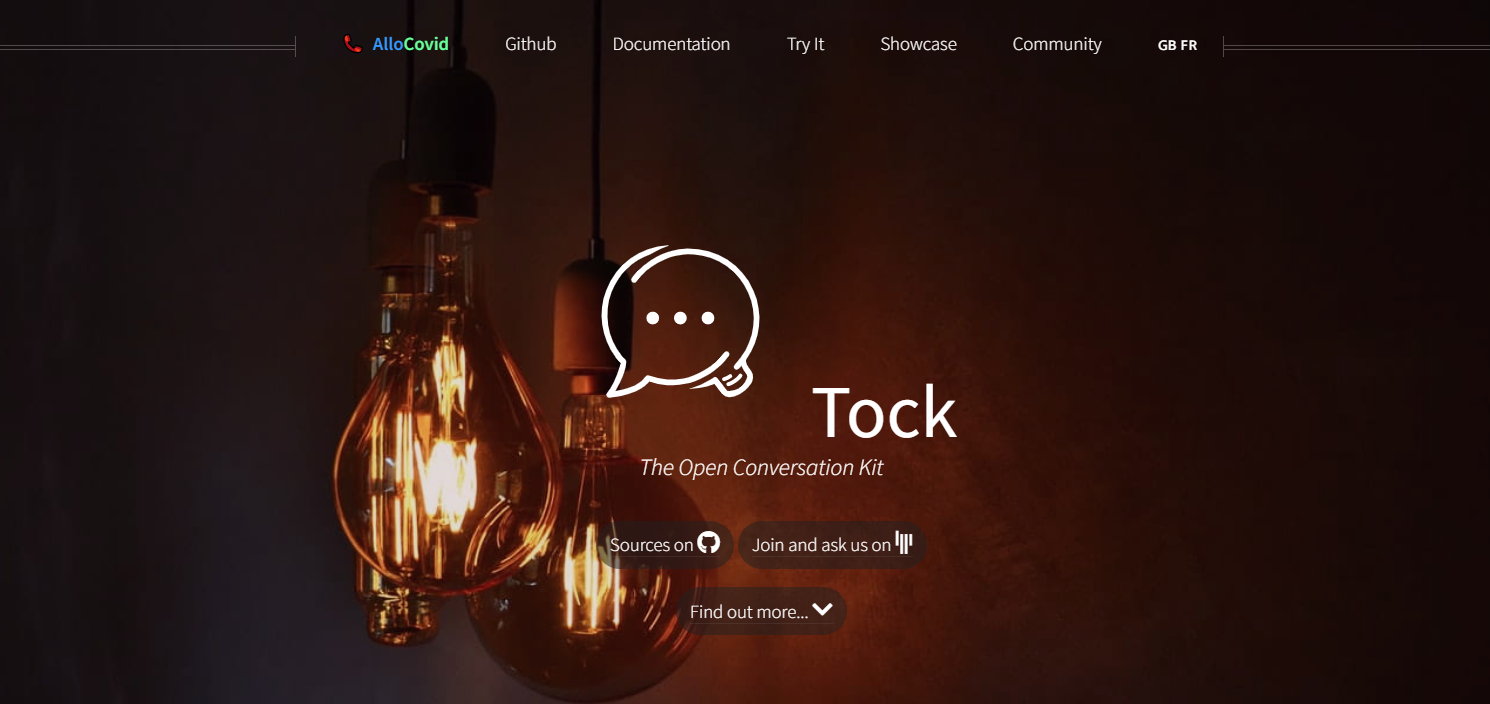
Another open chatbot AI platform ticked. It is a complete solution for creating conversational agents, also known as bots. Furthermore, it does not support or rely on a third-party API.
Tock's features include the ability to build stories and analytics, conversational DSL for Kotlin, Nodejs, Python, and REST API, and the ability to connect to a variety of text/voice channels, including Messenger, WhatsApp, Google Assistant, Alexa, Twitter, and others. This software offered toolkits for creating custom Web/Mobile integrations with React and Flutter. OpenDialog is a platform that does not require any coding. Docker allows you to deploy it anywhere in the cloud or on-premises. It is written in the Kotlin programming language.
6. Botonic
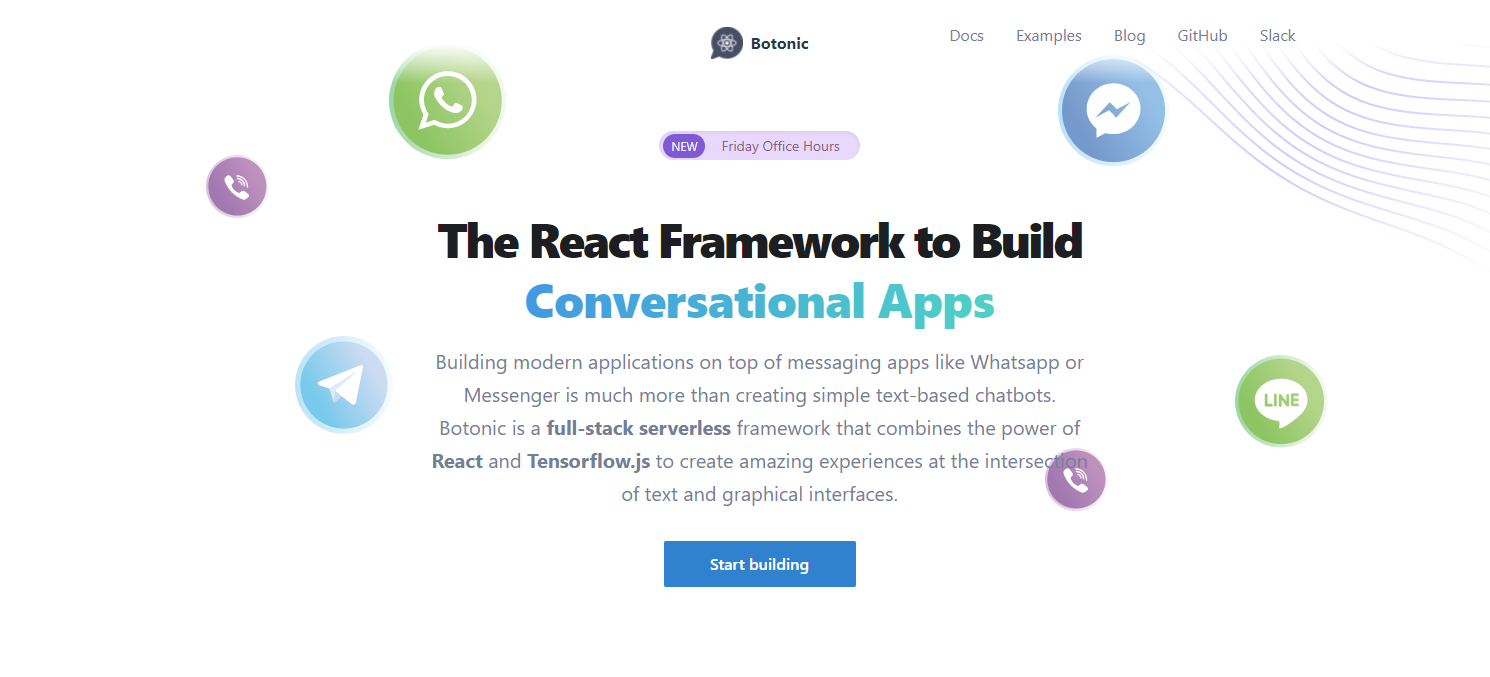
Botonic is a react framework for creating conversational apps. It entails more than just creating simple text-based chatbots. It is designed for developers and provides a full-stack serverless framework. It enables the developer to create chatbots and conversational experiences with React.
Botonic features include a slew of plugins for seamlessly integrating popular services into your project. Botonic is written in TypeScript and JavaScript. Botanic runs on Linux, Windows, and macOS.
7. Bottender
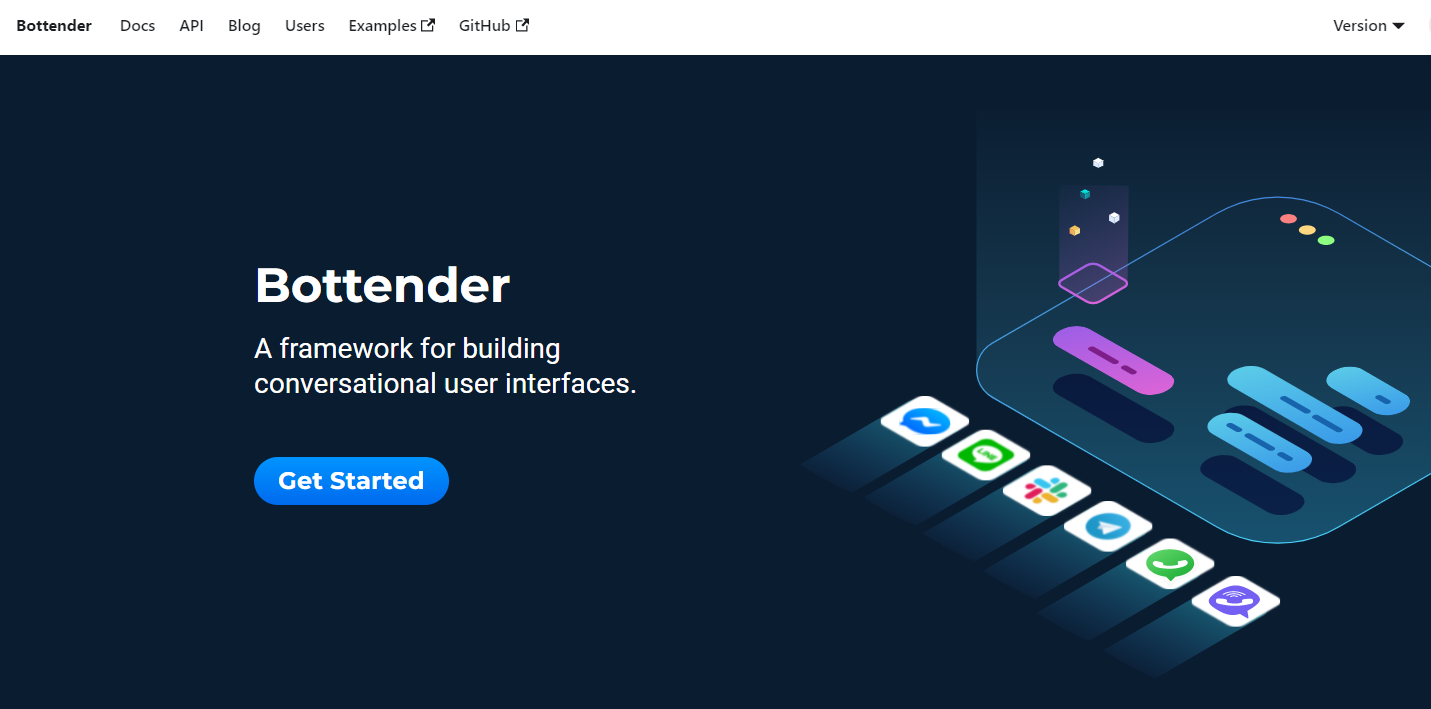
Bottender is a framework for creating a chatbot based on Messaging APIs. Bottender features include taking care of the complexity of conversational UIs, being the best solution for conversational AI, having design actions for each event and state, and allowing you to create apps on any channel without sacrificing your users' experience. This framework is simple to set up, has been optimized for real-world use cases, has automatic batching requests, and has dozens of other appealing features like Intuitive APIs.
Bottender is written in TypeScript and JavaScript and is compatible with Linux, Windows, and macOS. Botpress has been distributed under the MIT License.


